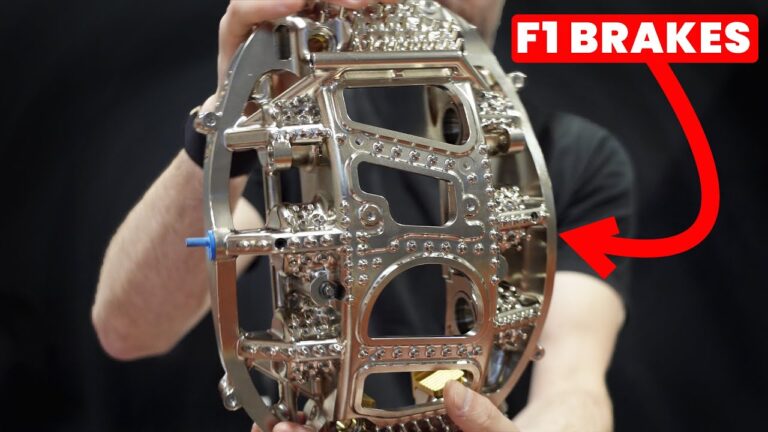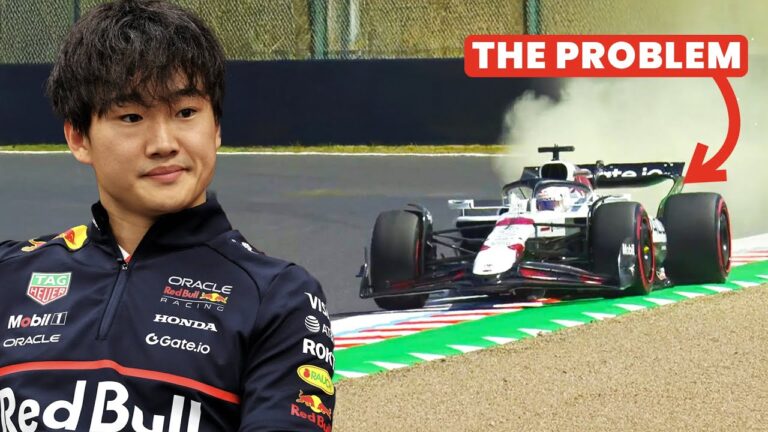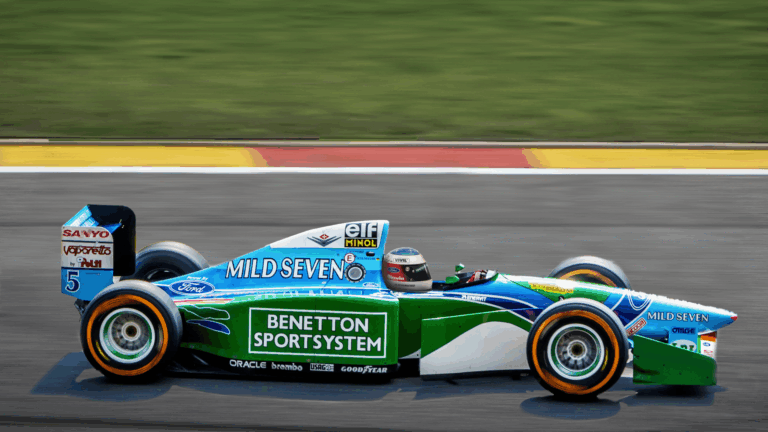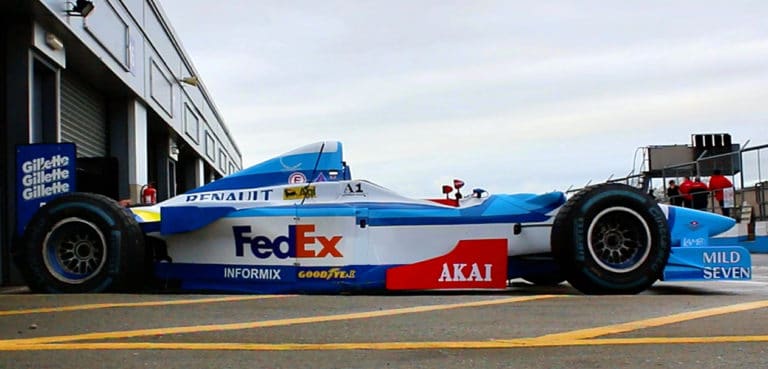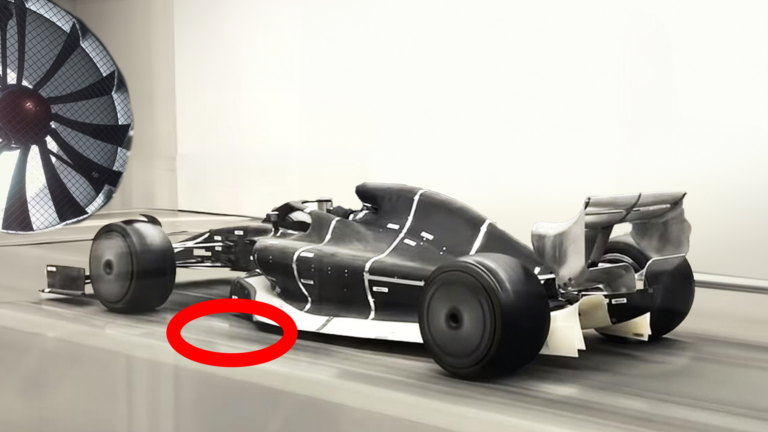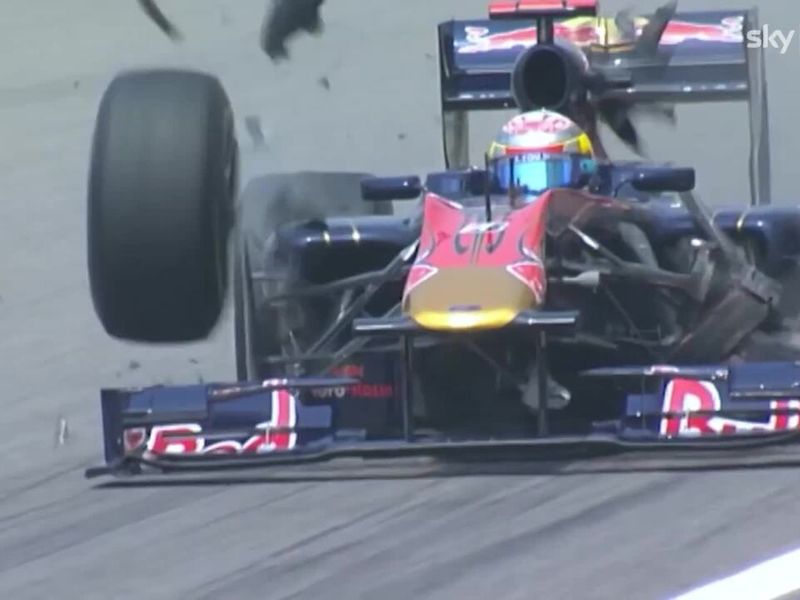
In 2010, during the Chinese Grand Prix, Toro Rosso driver Sebastian Buemi experienced one of the most bizarre crashes in Formula 1 history. At the end of the back straight of the Shanghai International Circuit, while braking at over 320 km/h, both of his car’s front wheels detached simultaneously. What initially seemed like a clear suspension failure turned out to be a far more complex issue. This article examines the potential causes of this extraordinary incident.
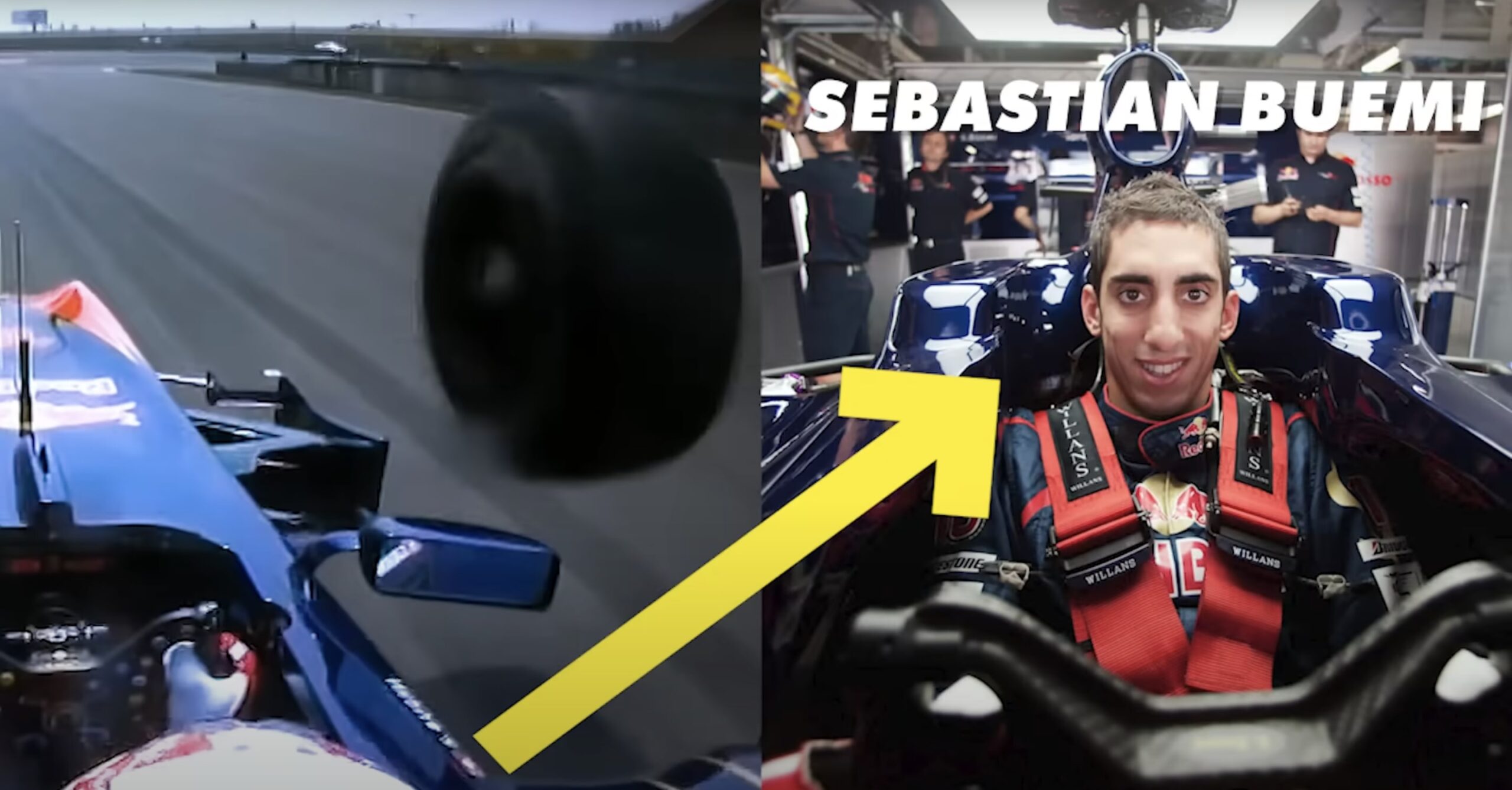
Analysing the Track
The Shanghai International Circuit features one of the longest straights in Formula 1, stretching 1.1 kilometres. Cars approach this section from Turn 13, a corner that gradually opens up, allowing them to reach extremely high speeds even before entering the straight. By the time they hit the braking zone, cars are travelling at over 200 mph and experiencing maximum aerodynamic load.
The circuit itself was constructed on reclaimed marshland, using an expanding foam foundation to stabilise the tarmac. This unusual construction method may have contributed to surface irregularities, such as a bump reported in the braking zone. Other racing categories, such as LMP2, have also noted severe vibrations in this section, with some drivers deliberately moving off the racing line to avoid the bump.
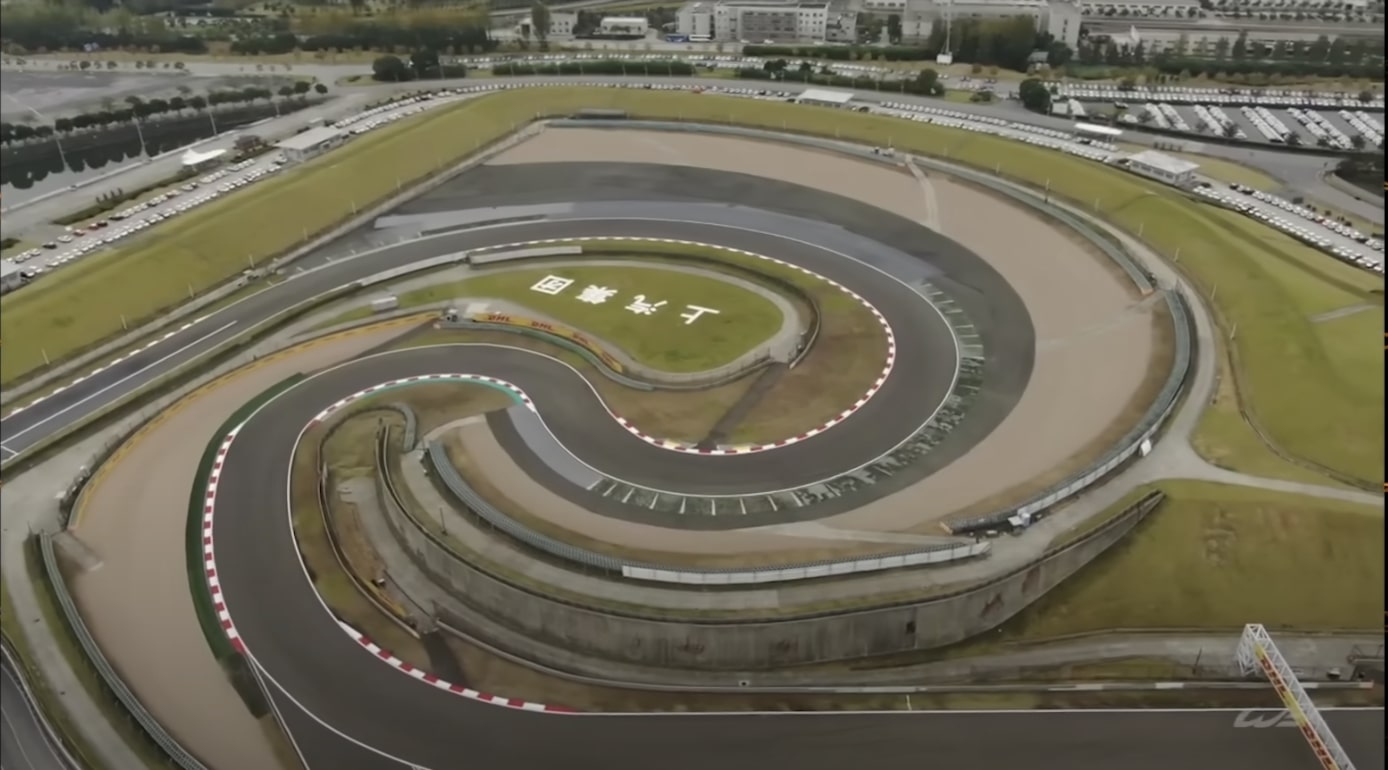
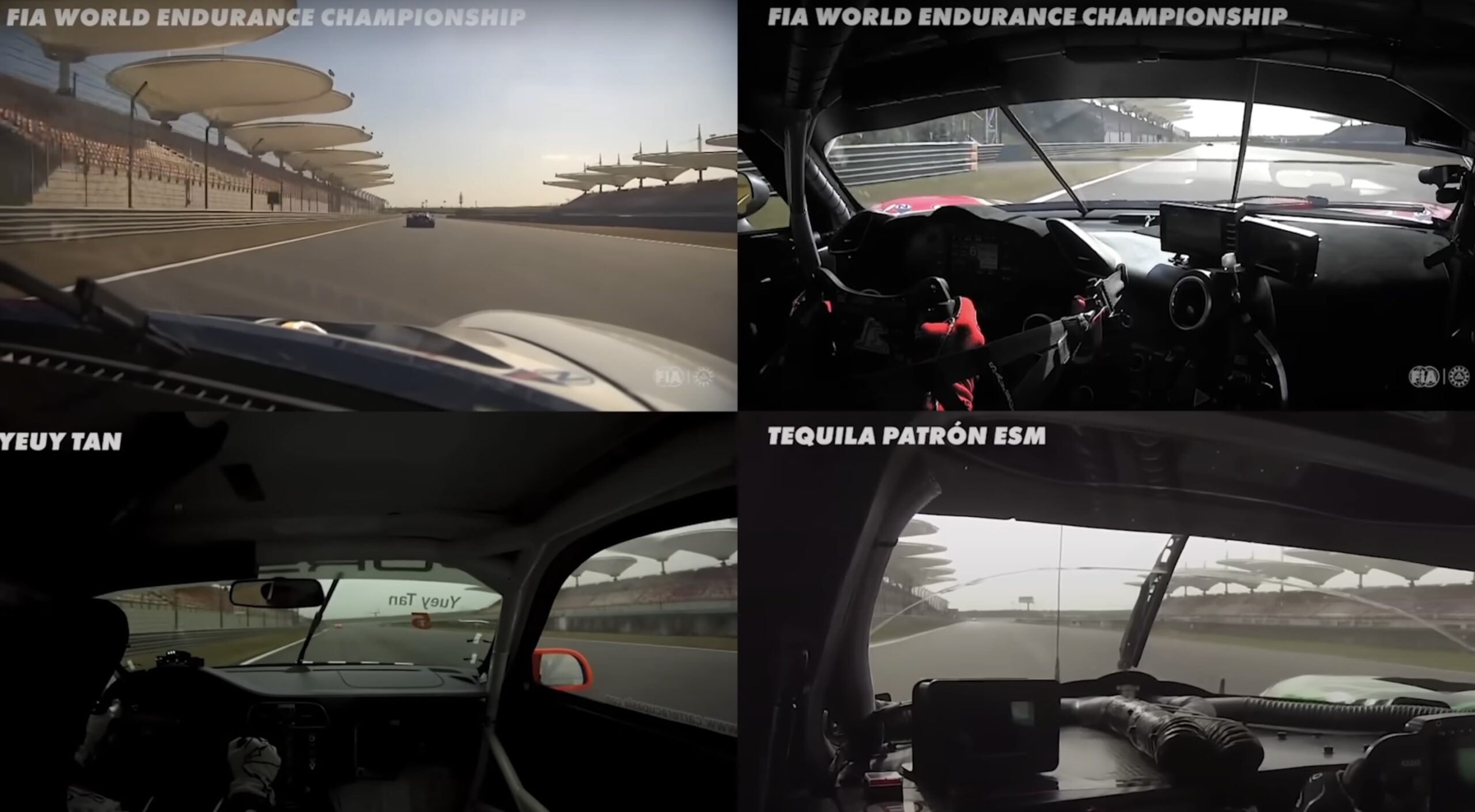
Toro Rosso’s 2010 Car
The Toro Rosso STR5 was the team’s first fully independent design, following a rule change that banned the sharing of components with Red Bull Racing. As a result, the 2010 season was a transitional period for Toro Rosso, and their car struggled to compete.
To reduce weight, Toro Rosso introduced new uprights—components that connect the suspension, brakes, and wheels—on both cars. These lightweight parts were designed to improve performance but may have lacked the structural integrity required to handle the extreme loads generated under heavy braking.
Buemi described how, during braking, the car’s front wheels detached instantly, leaving him with no control. The initial failure of one upright likely transferred the entire braking load to the other, causing it to fail moments later.
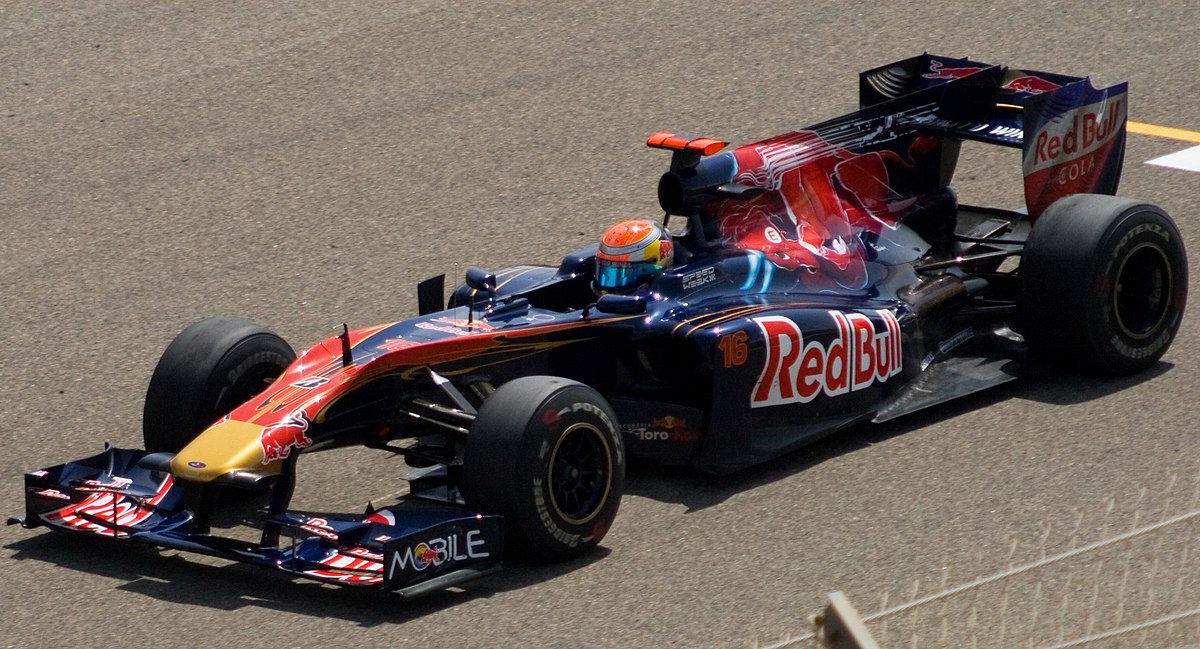
Sebastian Buemi’s Perspective
In an interview, Buemi recalled how the incident took him completely by surprise. During braking, both front wheels simply separated from the car. “You don’t expect to lose both wheels at the same time,” he said. Fortunately, the large run-off area at that section of the track prevented a more serious accident.
Following the crash, the team’s analysis confirmed that the uprights had failed. While the design aimed to save weight and remain within safety limits, the combination of intense aerodynamic load, the bump in the track, and heavy braking created a “perfect storm” that led to the failure.
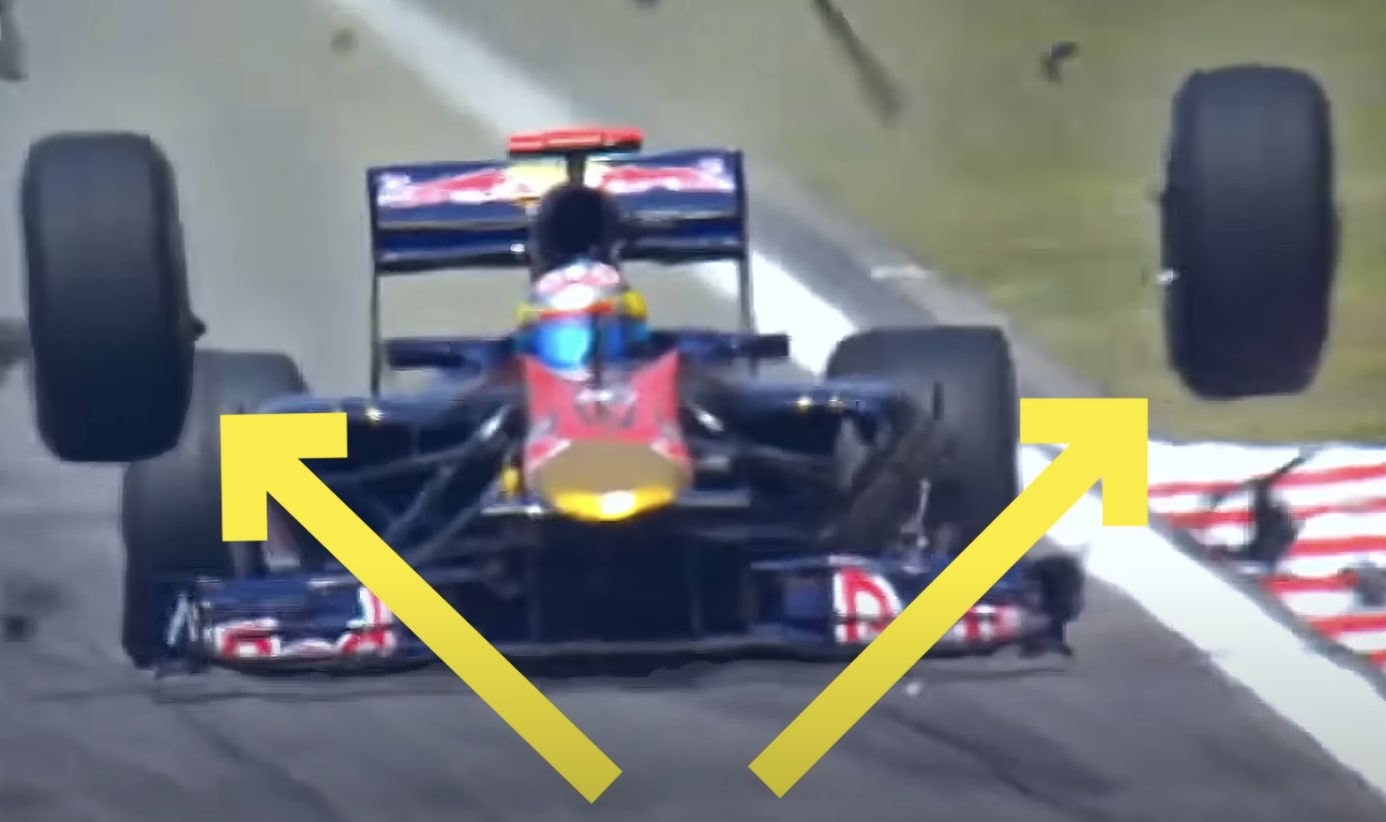
Lessons from the Incident
Buemi’s crash highlights the delicate balance between performance and reliability in Formula 1 car design. While teams continuously push the limits of weight reduction and efficiency, this incident demonstrates how even the slightest miscalculation can have catastrophic consequences.
The accident also underscores the importance of rigorous testing and simulation in identifying potential weaknesses. Although the defective components were replaced after the crash, the event served as a stark reminder of the risks associated with cutting-edge engineering in motorsport.
Final Thoughts
Formula 1 is a sport where technological limits are constantly tested. Sebastian Buemi’s unusual crash at the 2010 Chinese Grand Prix serves as a reminder that every detail—from component design to track conditions—can determine the outcome.
This analysis sheds light on the technical challenges of Formula 1 and the continuous innovations required to maintain safety and performance. If you’re interested in learning more about the sport, Driver61 will continue exploring the technical stories behind motorsport’s most fascinating moments.



